There’s something magnetic about halloween—the mysterious glow of jack-o’-lanterns, the thrill of spine-chilling costumes, and the unmistakable crunch of autumn leaves underfoot. Every october 31, millions deck out their homes with cobwebs and skeletons, and children roam neighborhoods on the hunt for the perfect treat. But how much do you really know about the origins, traditions, and quirks that make halloween so unique? Here are ten mind-blowing facts that just might change your perspective on this eerily enchanting holiday.
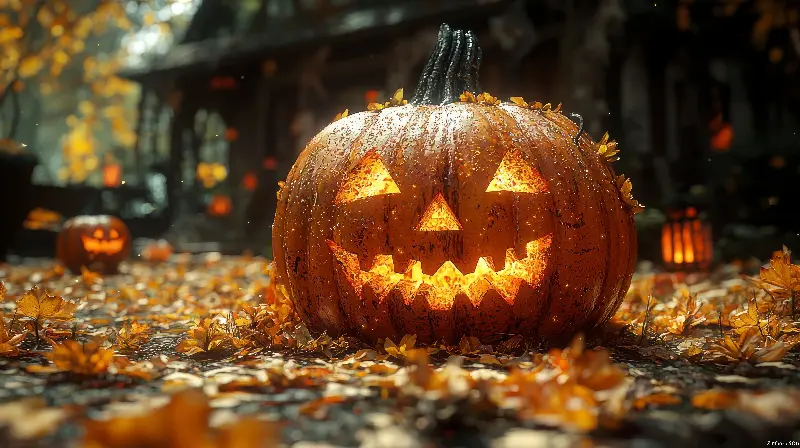
Origins Older Than You Think
Halloween as we know it is a vibrant patchwork of ancient traditions. The celebration traces back more than 2,000 years to the Celtic festival of samhain (pronounced “sow-in”), which marked the end of the harvest and the start of winter. The celts believed that on the night of october 31, the boundary between the living and the dead blurred, allowing spirits to roam the earth. That mystical origin may explain our modern fascination with ghosts and ghouls.
Fast forward centuries, and samhain blended with roman and christian traditions, giving us a holiday that celebrates both the supernatural and the sacred. The word “halloween” itself comes from “all hallows’ eve,” the night before all saints’ day—a time to honor the dearly departed.
The Rise Of The Jack-O’-Lantern
No halloween display is complete without the grinning face of a carved pumpkin. But did you know the original jack-o’-lanterns weren’t made from pumpkins at all? In ireland and scotland, people used turnips and potatoes to create lanterns meant to ward off evil spirits. When immigrants came to america, they discovered that pumpkins, native to the new world, were larger and easier to carve—and a halloween icon was born.
The tale behind the jack-o’-lantern is just as intriguing. According to folklore, a mischievous soul named stingy jack tricked the devil several times but was denied entry to both heaven and hell. Forced to wander the earth with only a carved-out turnip and a coal for light, jack became the namesake of this glowing tradition.
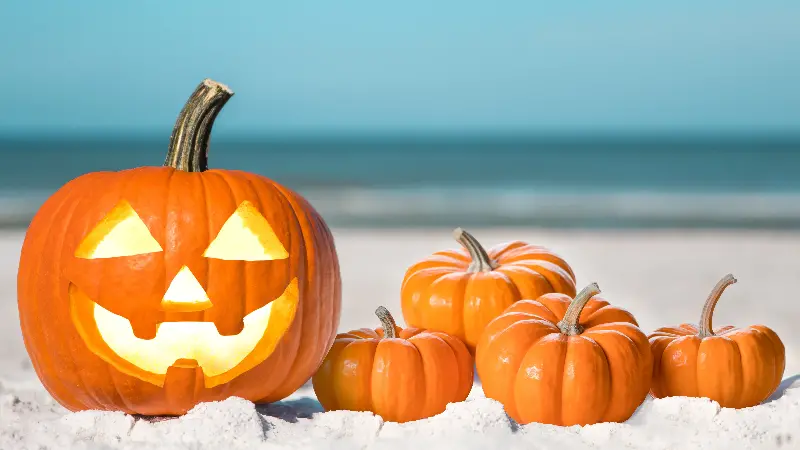
Trick-Or-Treating’s Surprising Roots
While going door-to-door for sweets seems like a distinctly modern custom, the practice has deep historical roots. Its origins are tied to “souling,” a medieval english tradition where children and the poor would go from house to house, singing prayers for the dead in exchange for soul cakes. Later, this evolved into “guising,” where young people dressed in costumes to beg for coins, treats, or food.
The halloween we recognize—with children in elaborate costumes collecting candy—didn’t really take hold in america until the early to mid-20th century. What started as a community-building activity quickly became one of the sweetest traditions of the year.
Candy Craze: The Economics Of Sweets
Halloween is a multi-billion-dollar industry, and candy is at its core. In the united states alone, nearly 600 million pounds of candy are bought every year for halloween. That’s about 16 billion individual pieces—enough to fill more than six titanics!
But chocolate isn’t the only star. In the early 1900s, candy corn was introduced as a revolutionary tri-colored treat. Despite its divisive reputation (people either love it or hate it), more than 35 million pounds are produced each year.
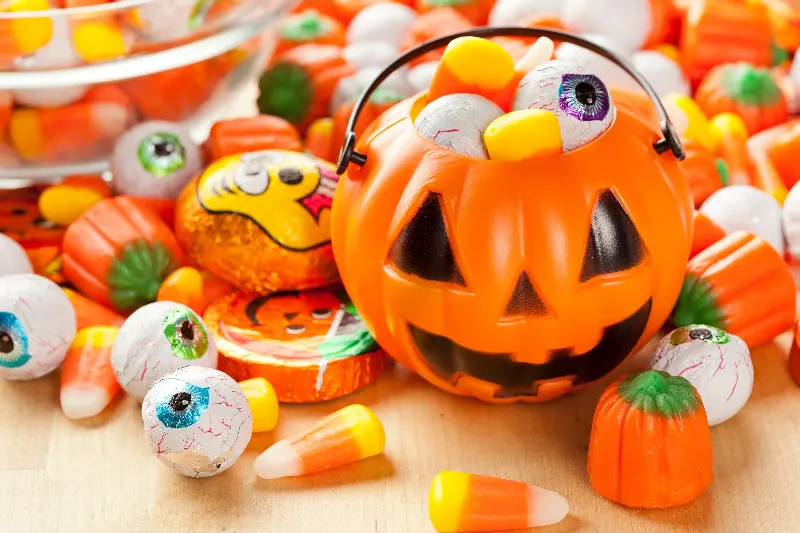
Costumes: Not Just For Fun
Dressing up is arguably the most enjoyable part of halloween, but costumes began with a much deeper meaning. In ancient times, celts wore animal skins and monstrous masks not to amuse neighbors, but to fool roaming spirits who were thought to walk among the living on samhain. The goal was to blend in so spirits wouldn’t recognize and bother you.
Today, the tradition has evolved into a playful expression of creativity, from superheroes and movie villains to imaginative, outlandish ensembles. If you’re donning a clever disguise, you’re continuing a centuries-old practice meant to keep you safe from the supernatural.
Haunted Houses: From Twisted History To Modern Fun
Modern haunted attractions have their roots in 19th-century london, where phantasmagoria shows used spooky projections and stage tricks to scare delighted (and terrified) audiences. During the great depression, american parents hosted haunted houses in basements to distract children from holiday pranks that had gotten out of hand.
Today’s haunted houses, with cutting-edge effects and carefully crafted scares, make millions annually and draw thrill-seekers from around the globe. While the fear is all in good fun now, the tradition comes from a place of trying to keep mischief under control.
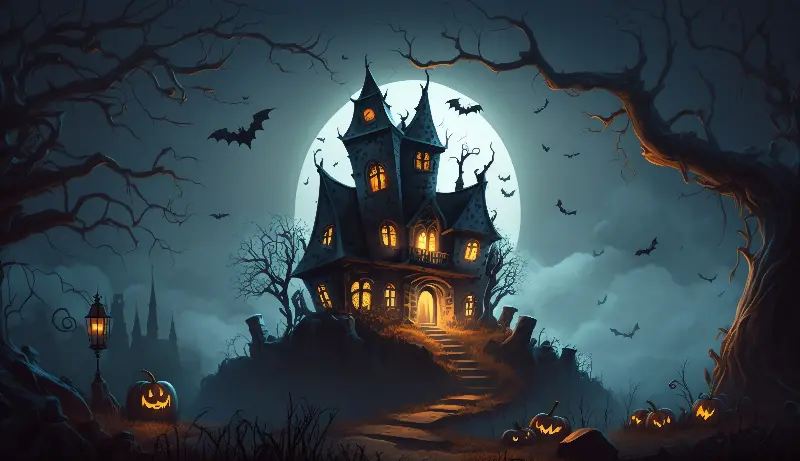
Black Cats & Bats: Superstition And Symbolism
Few symbols are as closely tied to halloween as black cats and bats. In the middle ages, black cats were believed to be witches’ familiars or even witches in disguise. This unfair association led to centuries of suspicion—and sadly, the mistreatment of many innocent felines.
Similarly, bats became linked to halloween through the samhain bonfires that attracted insects, which bats would swoop down to eat. With the rise of gothic literature and legends of vampires transforming into bats, they became a natural fit for the spooky holiday.
The Colors Of Halloween Explained
Orange and black dominate halloween décor, but the pairing is more than just eye-catching. Orange represents the harvest season, echoing the changing autumn leaves and ripened pumpkins, while black symbolizes darkness and death—reflecting halloween’s connection to the supernatural and the transition between seasons.
This dramatic color contrast helps evoke the holiday’s signature blend of fun and fright, life and afterlife.
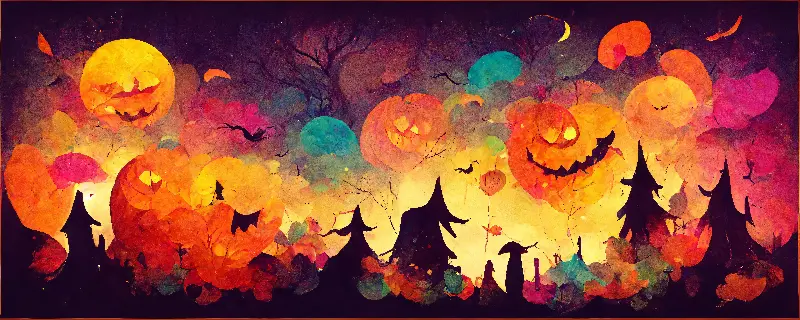
Halloween Around The World
While halloween is most famously celebrated in north america, it’s gaining popularity worldwide. In mexico, day of the dead (día de los muertos) honors deceased loved ones with colorful altars and parades. In japan, disney resorts have helped ignite a passion for halloween costumes and pumpkin-themed treats.
Different countries shape halloween with their own customs and flavors, but the core themes of memory, good-natured fear, and community remain the same.
A Holiday That Keeps Evolving
Perhaps the most fascinating halloween fact is how much the holiday changes each decade. New trends—like trunk-or-treat events, playful pet costumes, and online haunted experiences—come and go, but the spirit endures. Every generation finds new ways to celebrate the weird, the wonderful, and the supernatural.
Whether you’re in it for the scares, the sweets, or the sense of togetherness, halloween offers more than just a night of fun. It’s a festival woven from centuries of belief, imagination, and community—a reminder that a little mystery is something to be celebrated.
